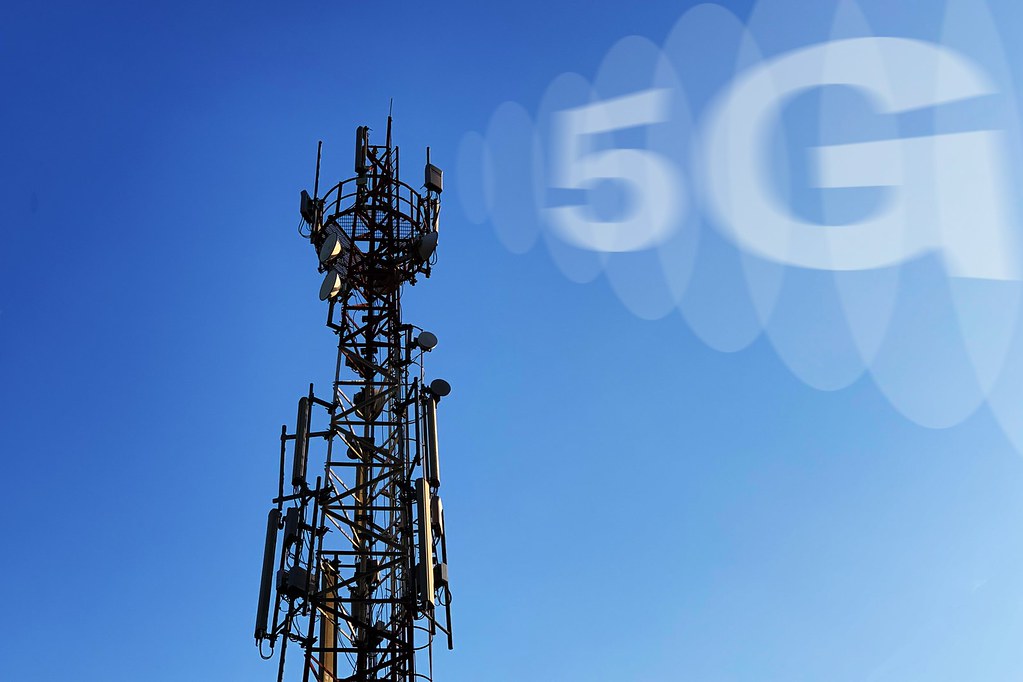
Fifth-generation subscriptions have risen to 1.8 million eleven months after launching in Nigeria.
This is based on data obtained from the Nigerian Communications Commission portal. According to the data, 0.83 per cent of the total mobile subscriptions (220.36 million) as of August 2023 were on 5G network. When calculated, this amounted to 1.83 million mobile subscriptions.
On a month-on-month basis, 5G subscriptions grew by 537.95 per cent from 286,698.4029 as of July 2023 to 1,828,997.8438 as of August 2023, despite a 0.079 per cent decline in the total number of mobile subscriptions in the country.
As of July 2023, only 0.13 per cent (286,698.4029) of total mobile subscriptions (220.54 million) were on 5G network. 2G subscriptions (132.92 million) continue to dominate in the country.
The journey of 5G in Nigeria officially began in 2019 when the NCC disclosed that it would test 5G for three months in the country before actual approval and rollout. Later that year, there was a demonstration, but it wasn’t until December 2022 that the commission officially auctioned its first two 5G spectrums.
MTN Nigeria and Mafab Communications emerged as winners, with Airtel Africa losing out. Airtel Africa would eventually get its licence about a year later. In September 2022, MTN Nigeria launched commercial 5G activities in Lagos, Abuja, Port Harcourt, Ibadan, Kano, Owerri, and Maiduguri. September 2022.
At the launch, the Chief Executive Officer, MTN Nigeria, Karl Toriola, said, “5G will change everything. It will allow us to connect, create, collaborate, and compete in ways we cannot imagine yet. Today we will show you a glimpse of the many possibilities 5G has in store. What is most important is what you and every Nigerian can create with it.”
Since then, MTN has led 5G rollouts in the country. In its second quarter report for 2023, the firm noted that its 5G now covers 5.5 per cent of the population. Mafab which got its 5G license at the same time as MTN is yet to commercially roll out, despite rollout events in Lagos and Abuja earlier this year. Questions have been raised about the operator’s readiness for 5G, considering it is its first foray into mobile network operations.
Despite joining the party late, Airtel Africa has commercially launched 5G in the country. To improve its chances and boost penetration, the firm partnered with Samsung to rollout cheap 5G enabled devices too.
At the launch, the Chief Commercial Officer, Airtel Nigeria, Femi Oshinlaja, said, “We also have a partnership with Samsung to launch an affordable 5G-enabled phone at N122k. Because we are thinking about our customers and keep them at the heart of what we do, we worked with our ecosystem partners to provide technology and affordable phones.”
5G is not expected to be the dominant network in Nigeria anytime soon despite its many promises. Experts have opined that the network will speed up the digitisation of the country’s economy because of its ability to connect things, and with speed.
However, more Nigerians are expected to adopt 4G first and 5G’s growth will only begin to pick up in the later part of the decade. Nigeria and South Africa are expected to grow their 5G connections to 113 million by 2030, GSMA recently revealed. Already, 5G coverage has reached 41 per cent of the South African population as of September 2023.
GSMA recently noted about Nigeria’s 5G network, “Extending 5G coverage to additional sites will be important to enhance capacity, with MTN’s data traffic up almost 50 per cent year on year. Mafab and Airtel introduced commercial 5G services in January 2023 and June 2023, respectively. Moreover, Airtel recently announced plans to invest $700m in its 5G network in Nigeria over the next few years.”
While the world has already recorded over one billion 5G connections, Africa is still playing catch up. The global association for telcos recently said, “5G is currently at a nascent stage in Africa, with the adoption rate being around one per cent of total connections. This is expected to grow to eight per cent by 2026.”
It added, “5G adoption will continue to ramp up in the following years, accounting for 22 per cent of total connections by the end of the decade.”





